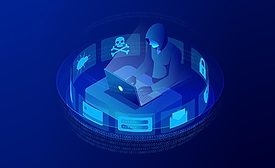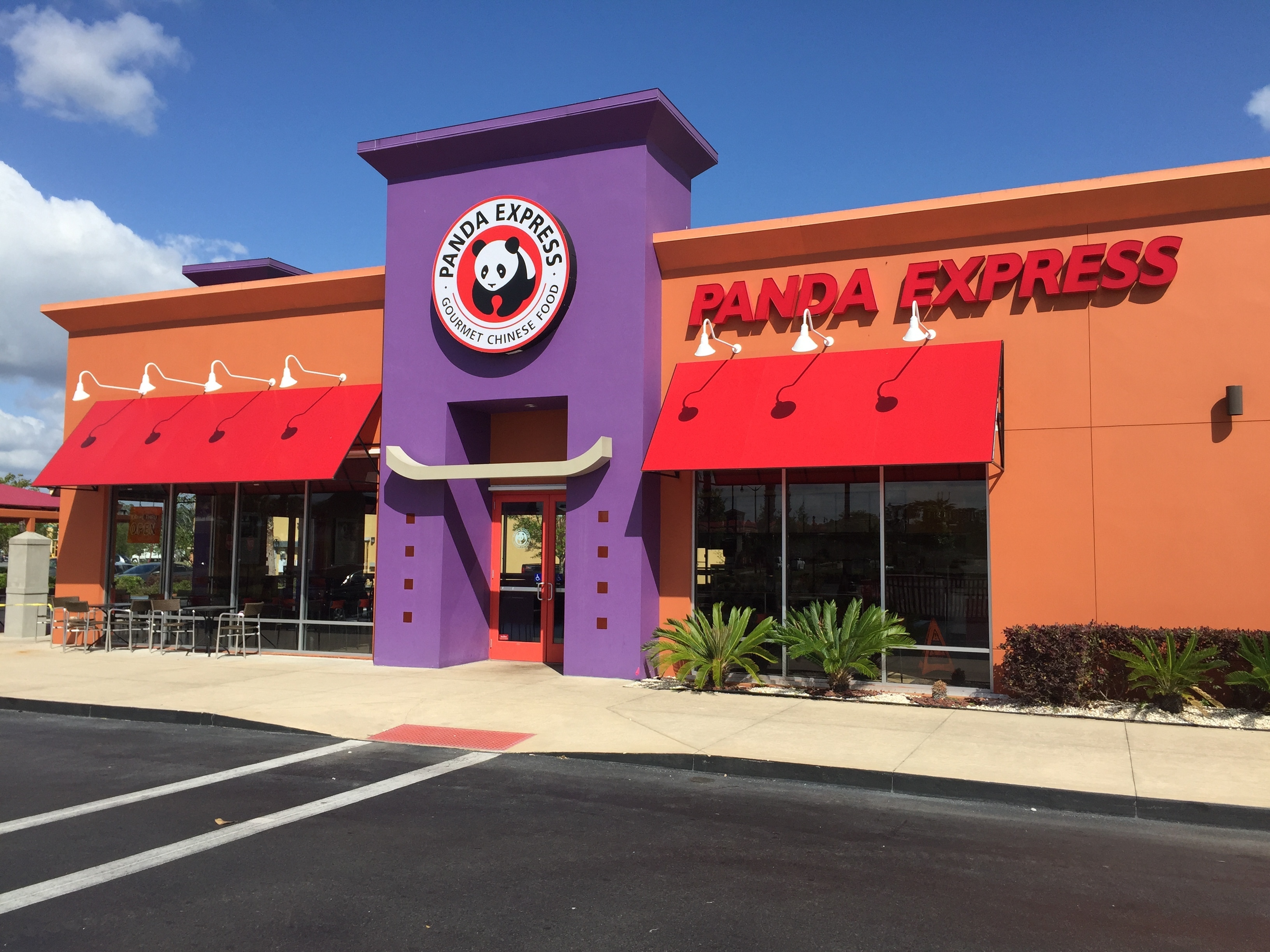Security Leadership and Management
Online Privacy During a Pandemic: New Challenges in a New World
Five steps to hasten compliance with California Consumer Privacy Act, and safely use data as an asset
May 7, 2020
The Human Strategy is the Best Cyber Defense to Combat COVID-19
The pandemic has highlighted the critical need to cultivate the workforce to ensure there are highly skilled professionals to meet the new demands
May 7, 2020
Chris Hallenbeck: A Path of Security Leadership and Operational Insight
Chris Hallenbeck's path to information security, including his view of the CISO role and the value of metrics.
May 6, 2020
Sign-up to receive top management & result-driven techniques in the industry.
Join over 20,000+ industry leaders who receive our premium content.
SIGN UP TODAY!Copyright ©2024. All Rights Reserved BNP Media.
Design, CMS, Hosting & Web Development :: ePublishing















